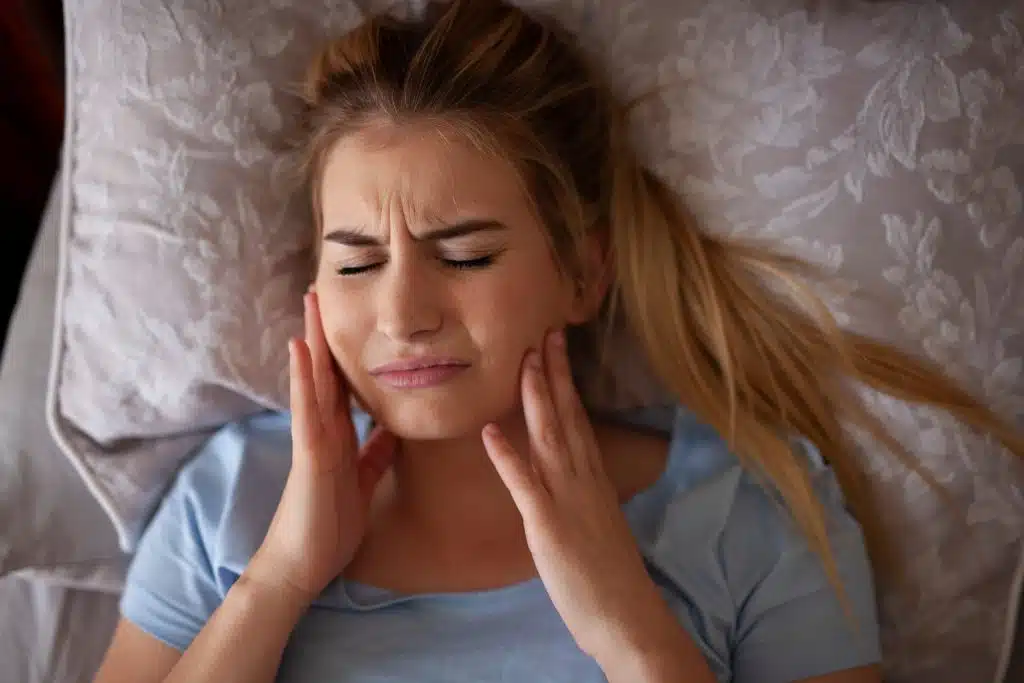At San Diego Sleep & TMJ Center, we offer Botox as a treatment option for patients with temporomandibular joint (TMJ) pain and dysfunction, also known as “TMD” or “TMJD.”
If you have TMJ pain or headaches related to TMJ disorder, Botox can provide a non-surgical alternative that helps manage your symptoms for up to several months at a time.
What Is TMJ and How Does Botox Help?
The temporomandibular joint (TMJ) is the joint that connects the mandible or lower jaw to the base of your skull. It is responsible for the movement of the jaw, including opening and closing the mouth, as well as side-to-side and front-to-back movements. TMJ disorder can cause pain and dysfunction in the jaw and surrounding muscles, leading to problems with eating, speaking, and even breathing.
Botox, also known as botulinum toxin, is a neurotoxin that is typically used for cosmetic purposes. But it can be used to relax the muscles that cause TMJ pain and dysfunction. It works by blocking the transmission of nerve impulses to the muscles, causing them to relax and thereby reducing tension in and around the jaw. This effect can help to alleviate pain and improve mobility in your joints.
How Effective Is Botox For TMJ?
Botox has been shown to be effective in reducing TMJ pain and improving function in some patients. In studies of patients with TMJ disorders, Botox was found to significantly reduce pain and improve function compared to a placebo. However, it is important to note that the effectiveness of Botox for TMJ may vary from person to person, and it may not work for everyone.
How Many Units Of Botox For TMJ Pain?
The number of units of Botox needed for TMJ treatment can vary depending on the severity of the pain and the individual patient’s needs. In general, a higher number of units may be needed for more severe pain. The average dose of Botox for TMJ treatment is between 50 and 100 units, but this can vary depending on the specific needs of the patient.
How Long Does Botox Take To Work For TMJ?
Botox typically begins to work within 3 to 5 days of treatment, but it can take up to 14 days to reach full effectiveness. During this time, the muscles may become more relaxed and the pain may begin to subside.
How Long Does Botox Last For TMJ?
The effects of Botox for TMJ typically last for 3 to 4 months. After this time, the effects will begin to wear off, and the muscles will start to return to their normal function. Repeat treatments may be needed to maintain the benefits of Botox for TMJ. Simply stop by San Diego Sleep & TMJ Center to have the medication re-administered as needed to continue with consistent pain relief.
How Much Does Botox For TMJ Cost?
The cost of Botox for TMJ treatment can vary depending on the number of units needed and the location of the treatment. In general, the cost of Botox for TMJ treatment ranges from $300 to $800 per treatment but will vary from person to person. Some insurance plans may cover the cost of Botox for TMJ treatment, so it is worth checking with your insurance provider to see if it is covered for medical purposes.
Who Is A Good Candidate For Botox?
Botox may be a good treatment option for individuals with TMJ pain and dysfunction who have not responded to other treatment methods, such as physical therapy or medication. It’s important to discuss the situation with our San Diego dentists about whether Botox is a suitable treatment option for you, as it may not be appropriate for everyone.
Who Does Botox For TMJ?
Botox for TMJ is typically administered by a healthcare provider. However, San Diego Sleep & TMJ Center offers in-house Botox treatments for TMJ disorder as well as aesthetic concerns. As dental providers, we have a high level of knowledge relating to the oral and facial structures, allowing us to use Botox for therapeutic purposes that naturally assist with TMJ related jaw pain and headaches.
Call our San Diego TMJ providers today to learn more about this non-surgical TMD treatment.


